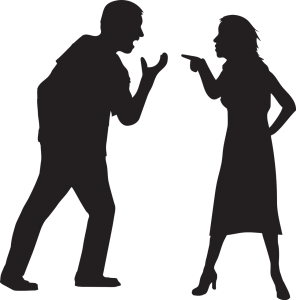Young or old, almost all of us who have had the pleasure of owning a pet, have reached that inevitable point where we lose them, due to old age, accidents, or disease. It’s sadder and often more heartbreaking than we acknowledge sometimes. And as I have noticed, the older I get, the more pets get added to the list of Rainbow Bridge crossers.

After having to put down our old cat last year, and watching others deal with losing their own special pets, it got me thinking about our beloved animals, what they mean to us, and how they seem to fade away as mere memories after. I also thought about the one who was a pet’s “person.” The “person” has connected with that pet on a whole different level, and the pet has returned the same intimate bond (for me, that was my first dog as an adult, Poppy).
That led me to think about how someone could be helped through that hard part, how to acknowledge the pain but also bring a bit of joy to their grief. When I visited my great aunt in Maine a few years ago, she hobbled around showing me different things in her house, but one area stuck with me. In her bedroom she had pictures on a special wall dedicated to important people she had lost. Her husband, brother, and nephew were all displayed there. She said that before bed each night she said a prayer for each them, pictured them in heaven as she kissed her hand and touched each picture, a small but meaningful gesture for her. I thought it was touching that she paid a daily tribute to her loved ones that were no longer with her.
Somehow, this translated in my brain to losing a pet and how it would help people to think of them in a special place, possibly feeling a little better about the loss, and imagining their pet back in the prime of their lives. Ideally, they could find some joy in their grief, when it’s fresh or long after when the pain is less so but still present.
From this, an idea turned into a real thing. I started Forever Loved Pets and created Pet Remembrance Prints, a way to celebrate the life of one’s passed pet while honoring them too. It’s a print with the image of the ideal place that pets go after they pass
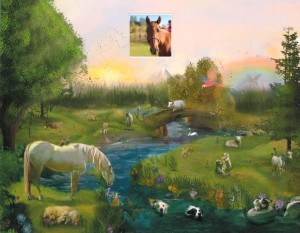
the Rainbow Bridge, a “pet heaven” of sorts where all of the animals are happy, healthy, pain-free, and enjoying each day.

There is a cut-out at the top to insert a picture of one’s pet so owners can imagine their animal residing there. My hope is that it can hung on the wall and passed by each day, helping that person remember their pet in a special way in a beautiful setting, bringing a smile to their face and a little warmth in their heart.
I’m also hoping people will buy this for themselves or for others, “the person” who is grieving and needs a way to celebrate their pet; ideally, to find some joy in their grief. Losing a pet is an experience like no other. One of the hardest parts, in my opinion, is coming home to that empty food bowl that will not be re-filled. I want this print to help people through that time. There is joy to be found in grief, although it isn’t the easiest to access.
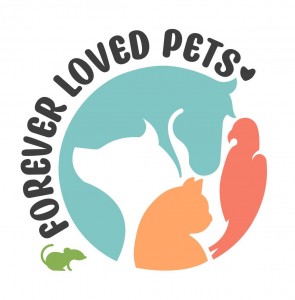
If you’re interested or know someone who might be, please pass it on. Pets and their people are important. Let’s acknowledge them so they can get through a hard time with a little less pain.

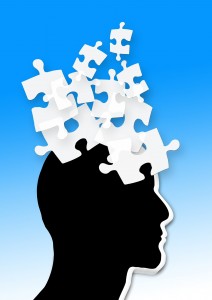 podcast Brené Brown interviewed Dr. Amishi Jha, a neuroscientist who has studied memory and the brain. She says that when many of us get older and “can’t seem to remember where we put things,” it’s because we aren’t paying attention to where we put something, not that we’re getting dementia or that our old brains don’t work as well. My dear friend Vicki was infamous for losing her car keys since the day she got her driver’s license. It’s interesting to know that she wasn’t forgetful so much as not being mindful of where she set them down (and they could end up anywhere). However, the rest of us can still lose our glasses while they sit on top of our heads…
podcast Brené Brown interviewed Dr. Amishi Jha, a neuroscientist who has studied memory and the brain. She says that when many of us get older and “can’t seem to remember where we put things,” it’s because we aren’t paying attention to where we put something, not that we’re getting dementia or that our old brains don’t work as well. My dear friend Vicki was infamous for losing her car keys since the day she got her driver’s license. It’s interesting to know that she wasn’t forgetful so much as not being mindful of where she set them down (and they could end up anywhere). However, the rest of us can still lose our glasses while they sit on top of our heads… cause I can’t understand why people like these women and what makes them so popular, except for their ridiculous wealth…. “Good for them, not for me.”)
cause I can’t understand why people like these women and what makes them so popular, except for their ridiculous wealth…. “Good for them, not for me.”) we’ll examine what helps to make a relationship work (last time I covered
we’ll examine what helps to make a relationship work (last time I covered 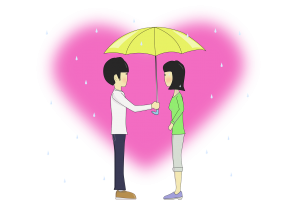 week” or “I need affection.”
week” or “I need affection.”